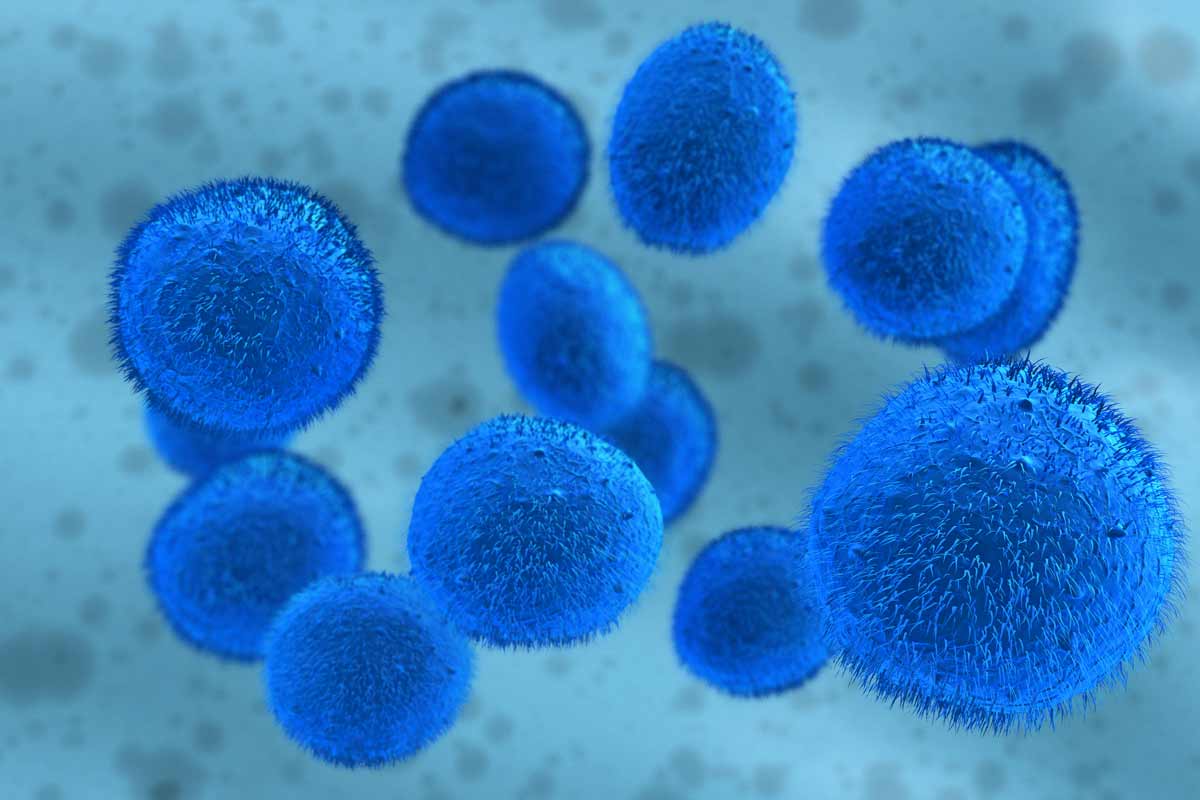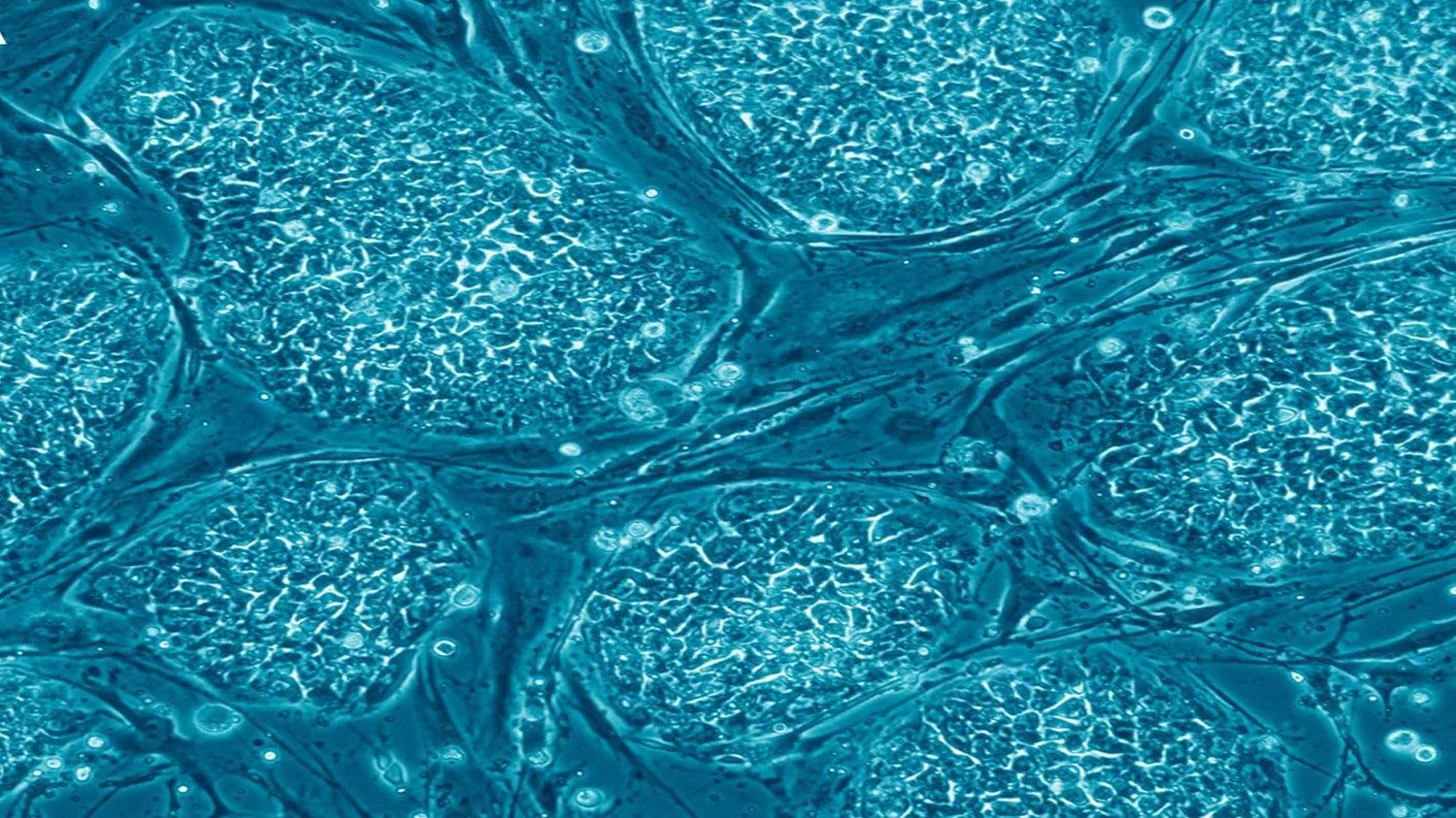Researchers Develop 3D Gel That Could Help Grow Enough Stem Cells
“We just don’t know how to efficiently and effectively grow massive numbers of stem cells and keep them in their regenerative state,” says associate professor of materials science and engineering at Stanford University, Sarah Heilshorn. “This has prevented us from making more progress in creating therapies.”
Programmed stem cells promise to tackle all kinds of illnesses, but there’s one catch: making them. It’s hard to cultivate large numbers of them, and the need to grow them on 2D surfaces isn’t very practical.
In many ways, stem cells are the divas of the biological world. On the one hand, these natural shapeshifters can transform themselves into virtually any type of cell in
the body. In that regard, they hold the promise of being able to cure ills ranging from spinal cord injuries to cancers. On the other hand, stem cells, like divas, are also mercurial and difficult to work with.But now, researchers have developed a method of growing neural stem cells in large volumes, but without chewing up too much valuable real estate. The trick is to use polymer-based gels that allow these juvenile cells to grow in 3D stacks.

Heilshorn’s team was working with a particular type of stem cell that matures into neurons and other cells of the nervous system. These types of cells, if produced in sufficient quantities, could generate therapies to repair spinal cord injuries, counteract traumatic brain injury, or cure some of the most severe degenerative disorders of the nervous system, like Parkinson’s and Huntington’s diseases.
Heilshorn’s solution involves the use of better materials in which to grow stem cells. Her lab has developed new polymer-based gels that allow the cells to be grown in three dimensions instead of two. This new 3D process takes up less than 1 percent of the lab space required by current stem cell culturing techniques. And because cells are so tiny, the 3D gel stack is just a single millimeter tall, roughly the thickness of a dime.
“For a 3D culture, we need only a 4-inch-by-4-inch plot of lab space or about 16 square inches. A 2D culture requires a plot four feet by four feet, or about 16 square feet,” more than 100-times space, according to first author Chris Madl, a recent doctoral graduate in bioengineering from Heilshorn’s lab.
In addition to the dramatic savings of lab space, the new process demands fewer nutrients and less energy, as well.
The gels the team developed allow the stem cells to remodel the long molecules and maintain physical contact with one another to preserve critical communication channels between cells.
“The simple act of touching is key to communication between stem cells and to maintaining stemness. If stem cells can’t remodel the gels, they can’t touch one another,” Madl explains.
“The stem cells don’t exactly die if they can’t touch, but they lose that ability to regenerate that we really need for therapeutic success,” Heilshorn adds.
Next up on Heilshorn’s research agenda is to create gels that can be injected directly from the lab dish into the body. The possibilities have her feeling optimistic about stem cell therapies again. For a time, she says, it felt as if the field had hit a wall, as initial excitement for regeneration gave way to uninspiring results in the clinic. With her new finding, she says, it feels like new things may be just around the corner.
“There’s this convergence of biological knowledge and engineering principles in stem cell research that has me hopeful we might finally actually solve some big problems,” she says.






























